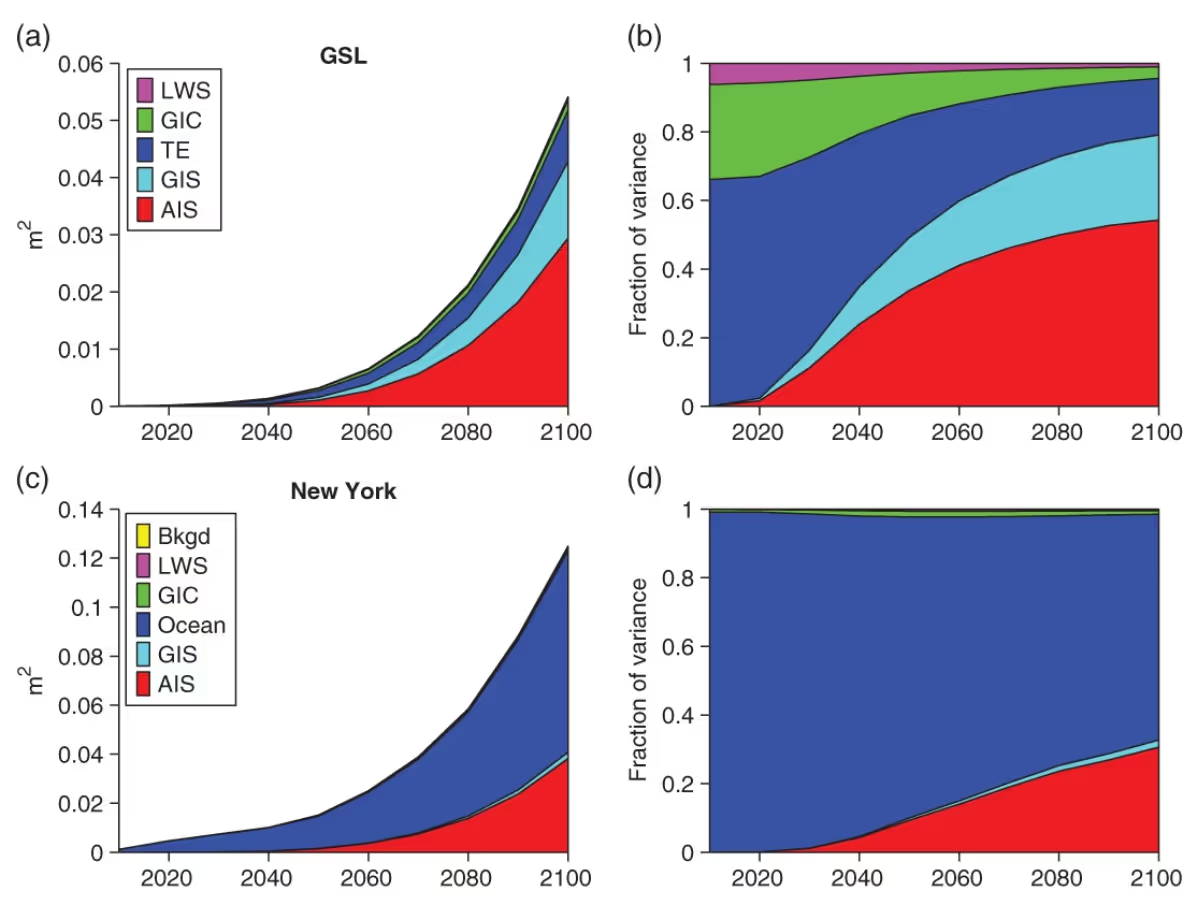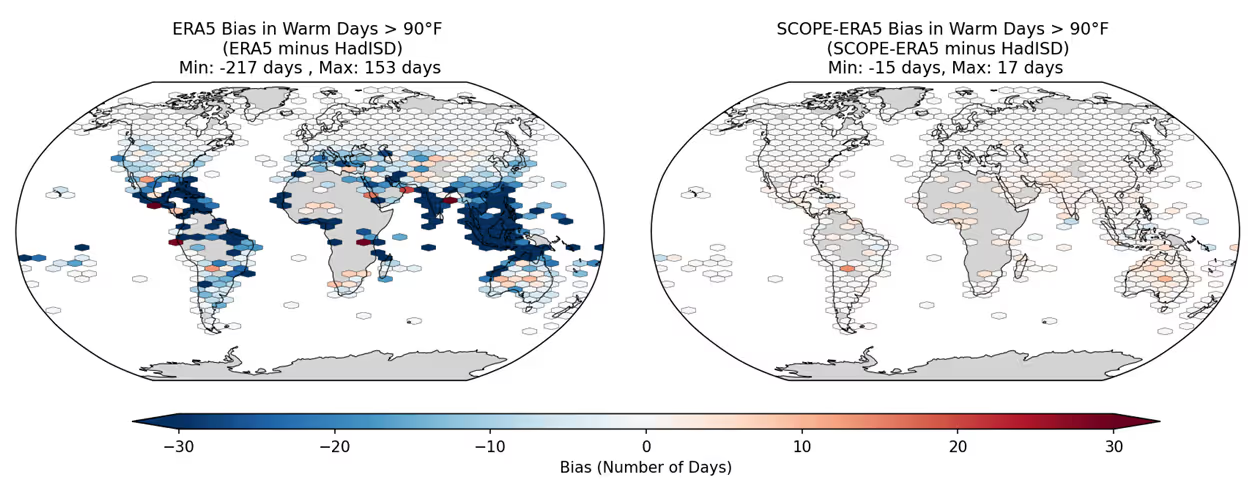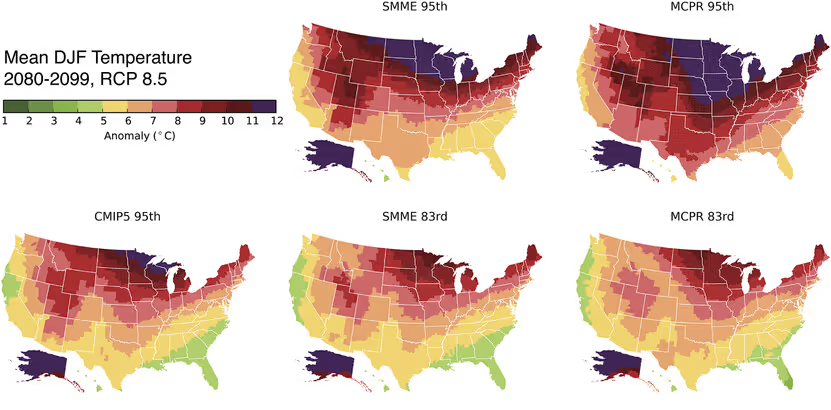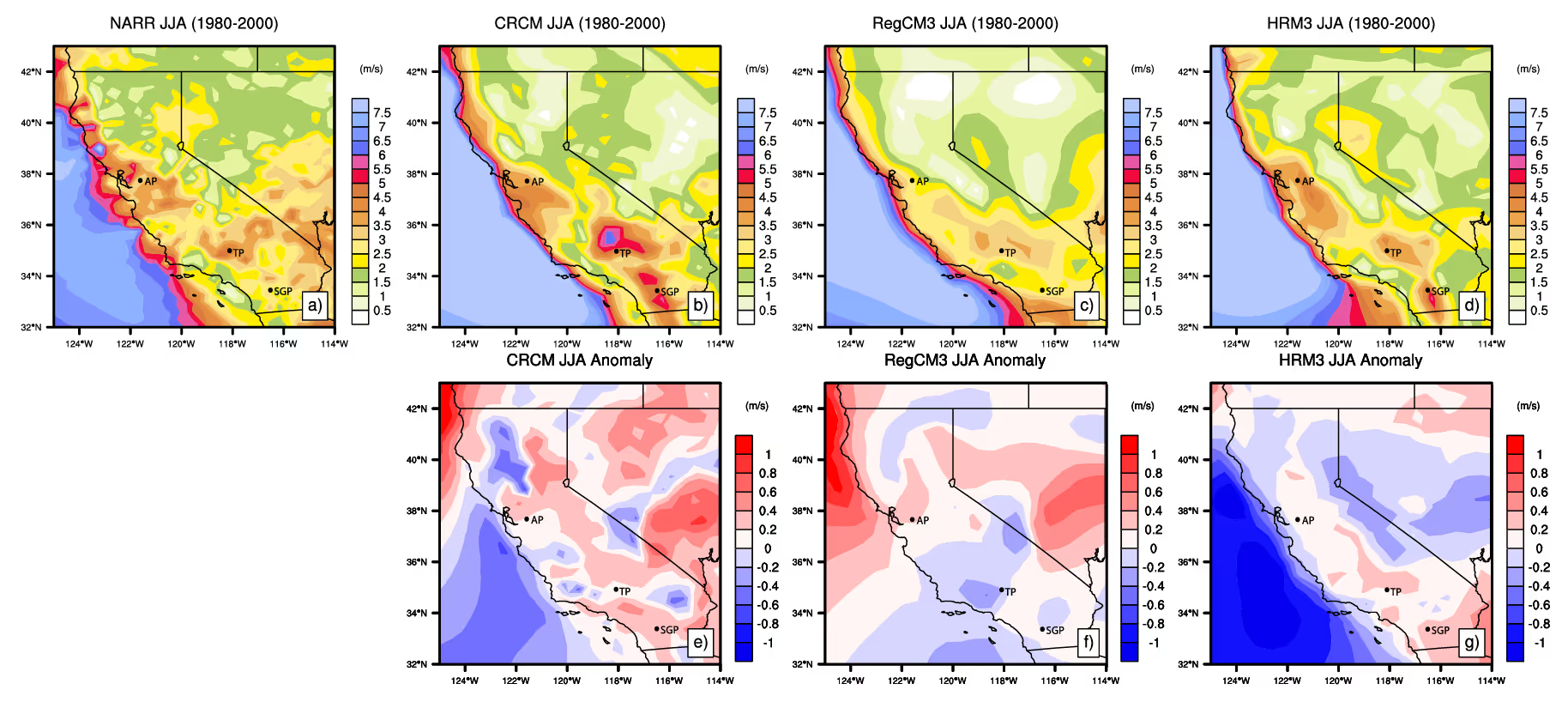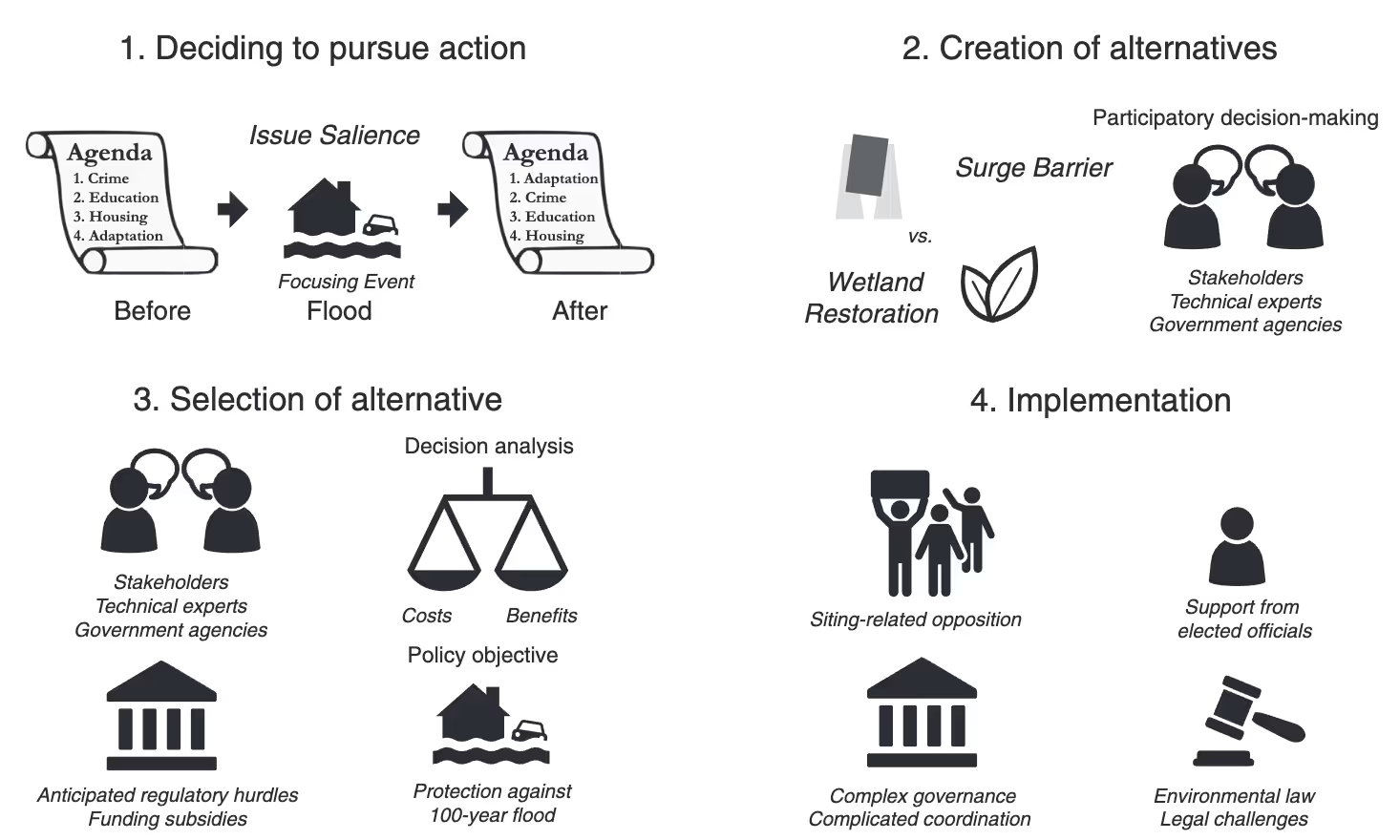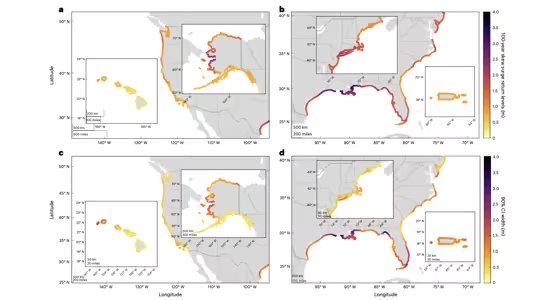

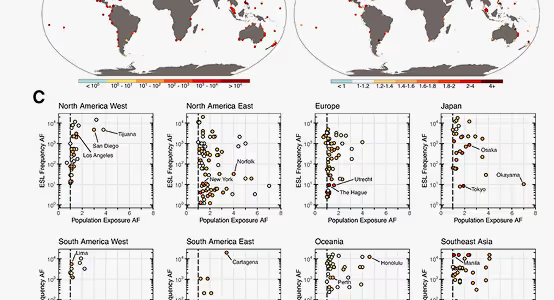

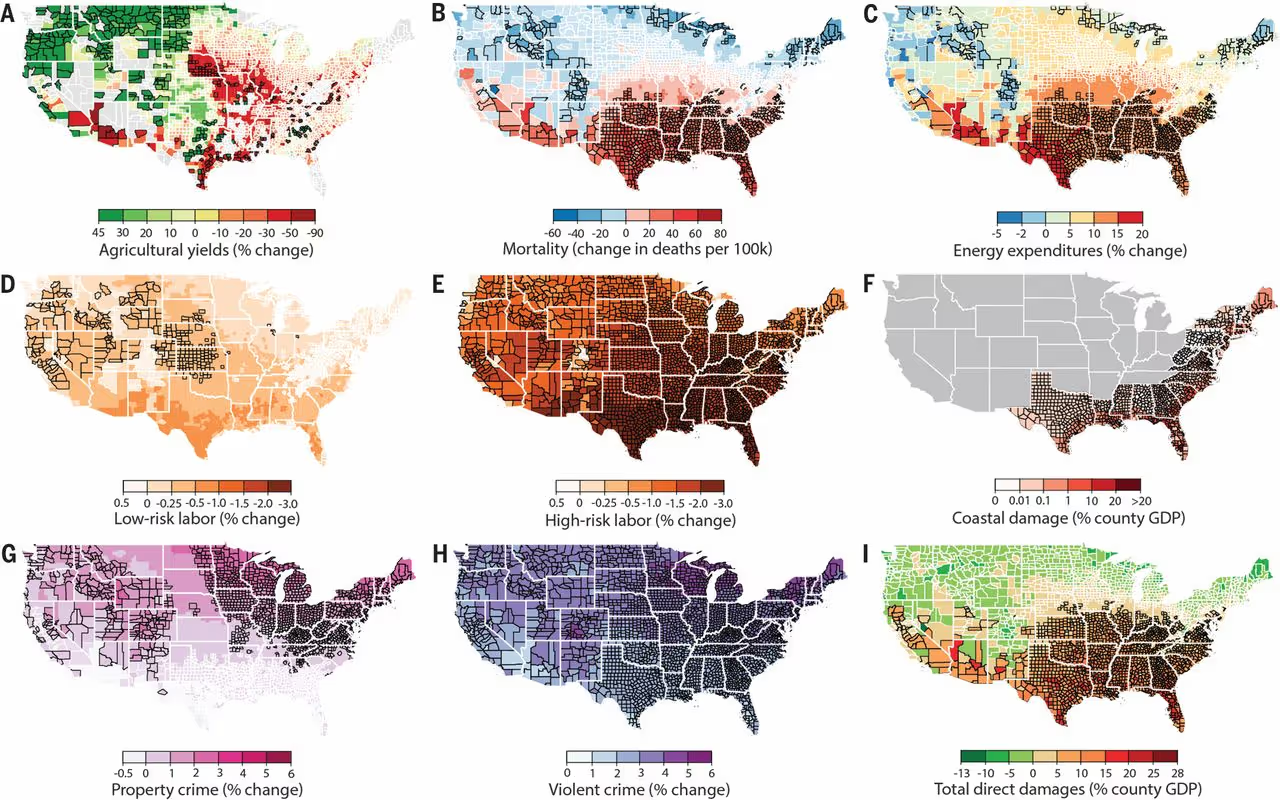
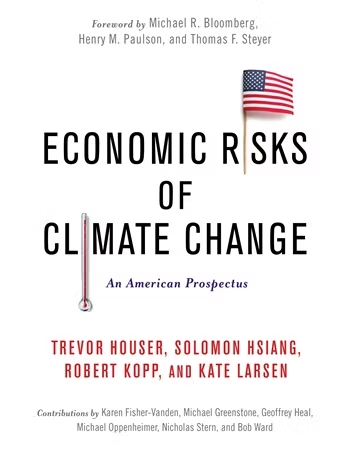


Future projections of sea level rise are strongly dependent upon expert judgment about how much and how quickly Antarctica will melt. This uncertainty complicates any decisions regarding how high to build flood protections in order to reduce coastal flood damages from rising sea levels.
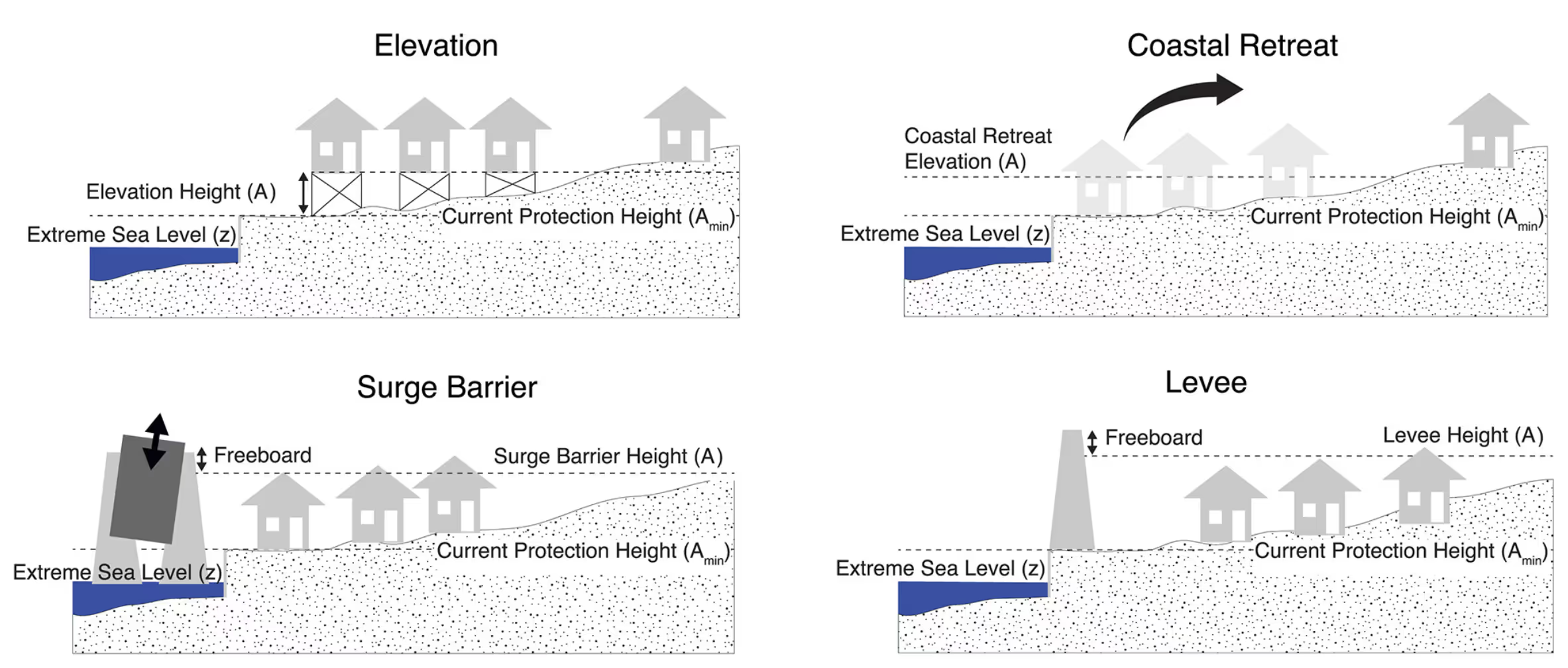
We employ probabilistic, localized sea-level rise projections and long-term hourly tide gauge records to estimate the expected frequencies of historical and future extreme sea levels for the 21st and 22nd centuries. By 2100, under 1.5 °C, 2.0 °C, and 2.5 °C stabilization, the median GMSL is projected to rise 48 cm (90% probability of 28–82cm), 56cm (28–96cm), and 58 cm (37–93cm), respectively.
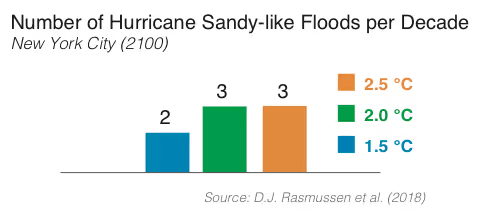
We present a global set of local sea-level projections to inform decisions on timescales ranging from the coming decades through the 22nd century. We provide complete probability distributions, informed by a combination of expert community assessment, expert elicitation, and process modeling.
